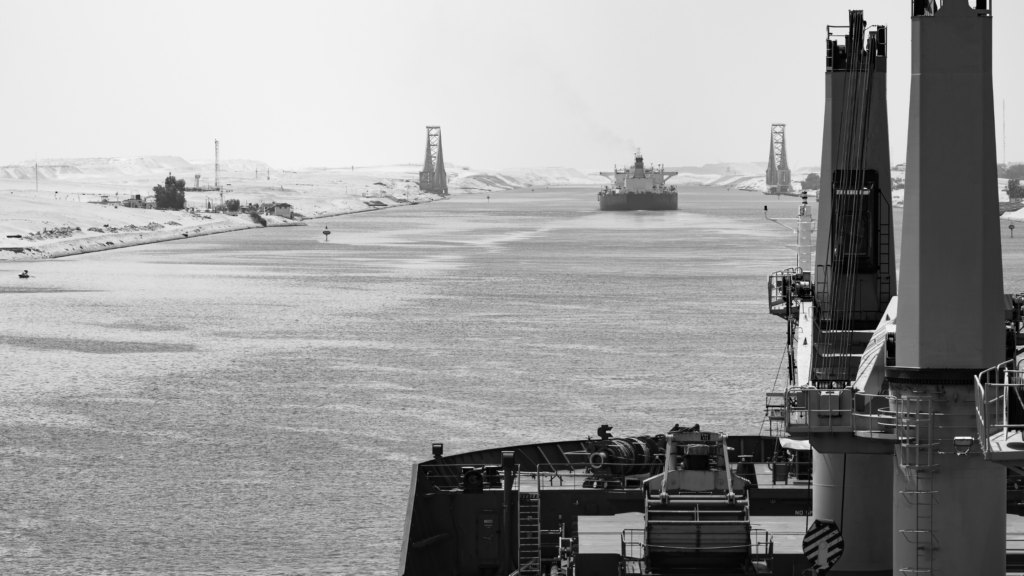The Suez Canal, a marvel of engineering that links the continents of Asia and Africa has played a critical role in transforming global trade dynamics. Serving as a gateway to Europe, this crucial waterway facilitates connecting the world’s major markets, opening up vast opportunities for economic growth, particularly in the emerging African market.
Geographical Significance
Situated in Egypt, the Suez Canal is a 120-mile artificial waterway that connects the Mediterranean Sea to the Red Sea, providing a direct passage between Asia and Africa. This strategic location has made the canal an indispensable route for maritime trade, significantly reducing the travel distance and time for ships traveling between Europe and Asia.
As ships traverse the canal, they navigate through a series of locks, allowing them to ascend or descend to match the water levels of the two seas.
Sea Freight Dynamics
The Suez Canal has been a game-changer for sea freight, enabling vessels to bypass the lengthy and perilous journey around the southern tip of Africa. This not only saves time but also reduces fuel consumption, making shipping more cost-effective. The canal is a lifeline for container ships, oil tankers, and bulk carriers, ensuring a swift and efficient flow of goods between the East and the West. As a result, it has become a critical artery for global trade, handling large amount of cargo annually.
Europe Trade
Beyond its role as a geographic link between Asia and Africa, the Suez Canal serves as a gateway to Europe. Ships sailing through the canal can access major European ports, such as Rotterdam and Hamburg, with remarkable ease. This strategic location has positioned Egypt as a key player in the Euro-Mediterranean trade corridor, fostering economic cooperation and facilitating the movement of goods into and out of Europe.



